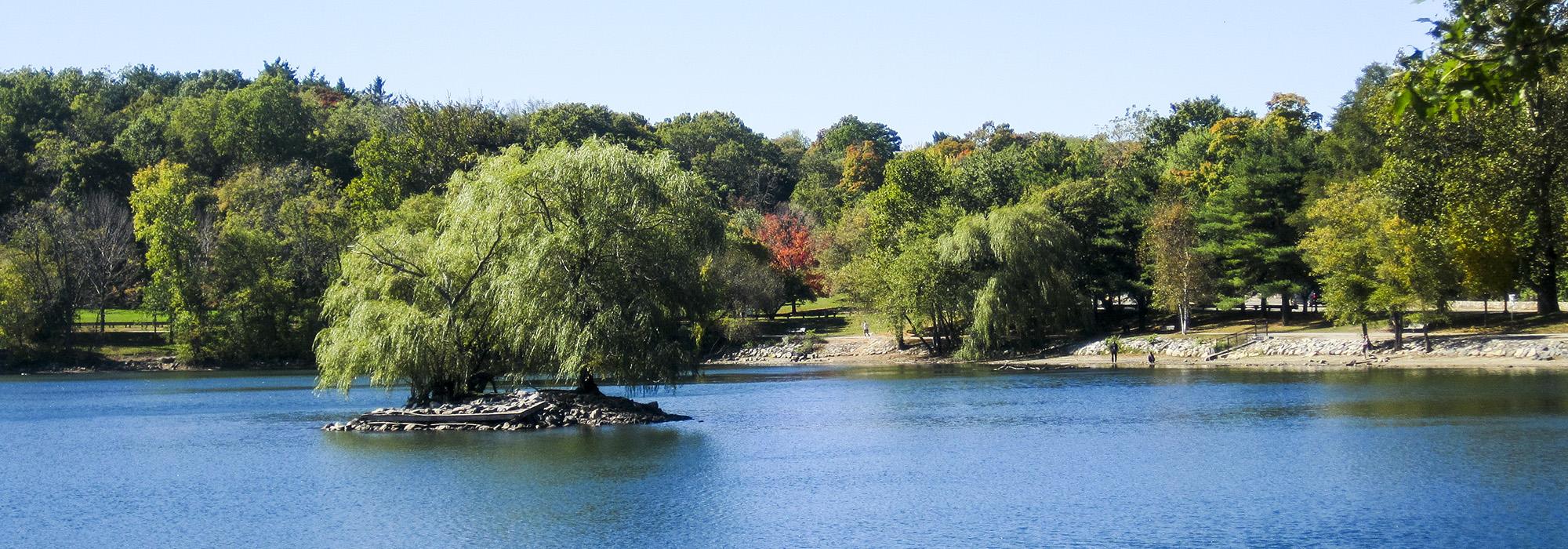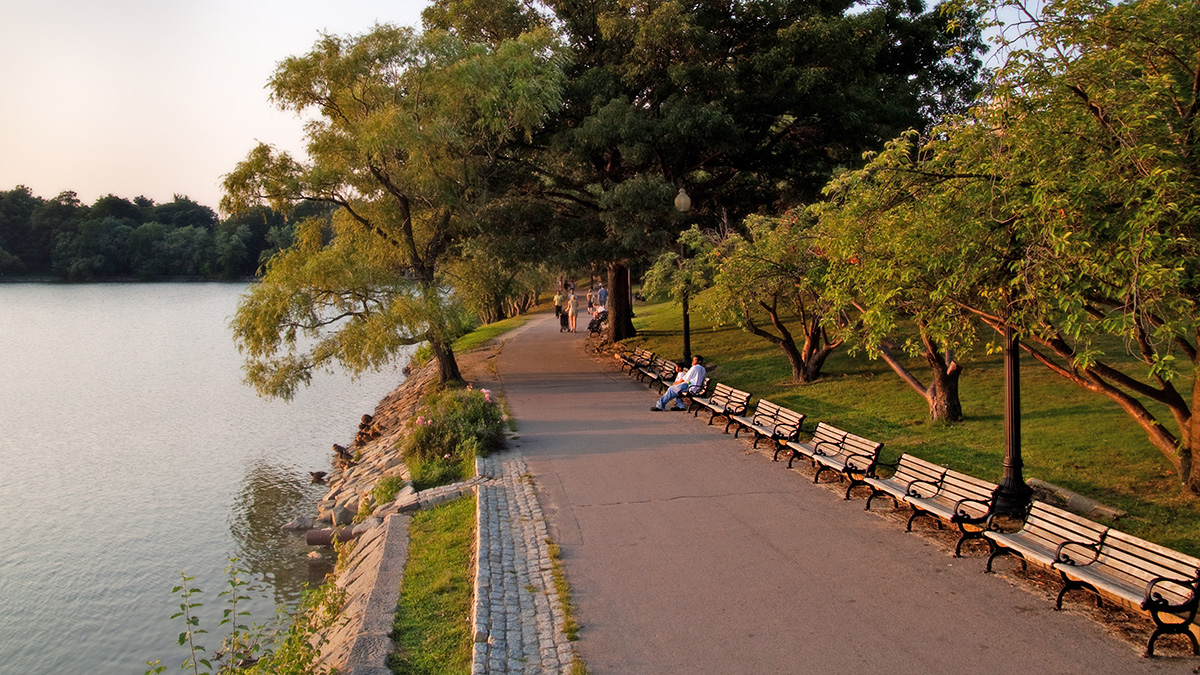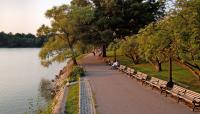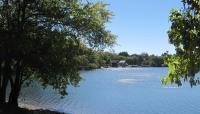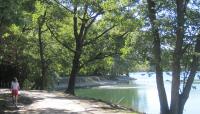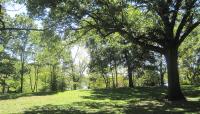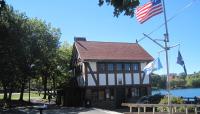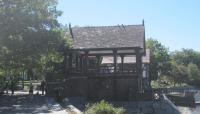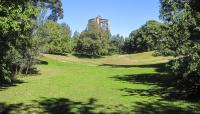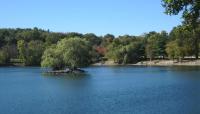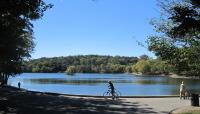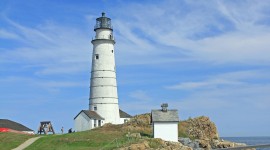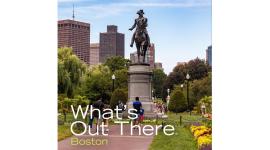Landscape Information
Formed by an ancient glacier, this 70-acre pond is the largest freshwater body in Boston. Prior to Olmsted Sr.’s involvement, the pond served as a popular summer resort. In an 1882 report, Olmsted described the feature as “a natural sheet of water, with quiet graceful shores, rear banks of varied elevation and contour, for the most part shaded by a fine natural forest-growth.” In contrast with other parks in the Emerald Necklace, little was done on-site; there was no significant regrading or reshaping of the land required; while a simple system of walkways that encircle the pond provide for a 1.5-mile scenic loop. For the additional 60 land acres, Olmsted retained many of the existing trees, in addition to the Pinebank house designed in 1870 (demolished in 2007). The Jamaica Pond Boathouse and Bandstand were built in 1913 from plans by William Austin. A memorial statue to horticulturist and historian Francis Parkman, designed by Daniel Chester French, was erected at the site of his former residence in 1906. Jamaica Pond is served by two parkways, both intended to be integral to the parks: the Jamaicaway, at its southern end; and, the Arborway, which connects the park to the Arnold Arboretum. Jamaica Pond was included in the Emerald Necklace Park master plan undertaken by the Walmsley/Pressley Joint Venture. From 1989 to 2001 Pressley Associates completed bikeway, shore and path restoration, restored views and made vegetation improvements. Jamaica Pond was listed in the National Register of Historic Places in 1971 as part of the Olmsted System nomination.



